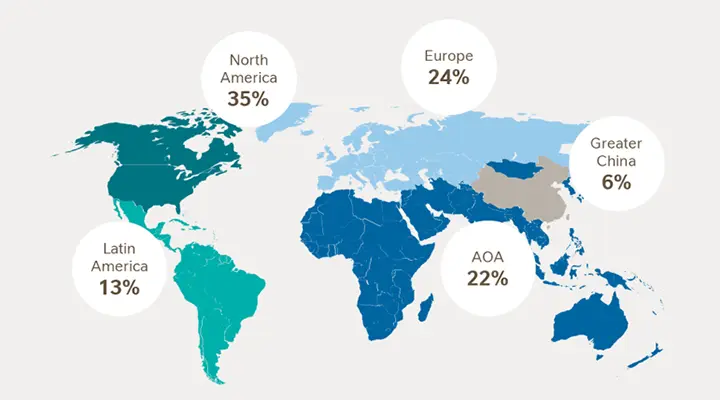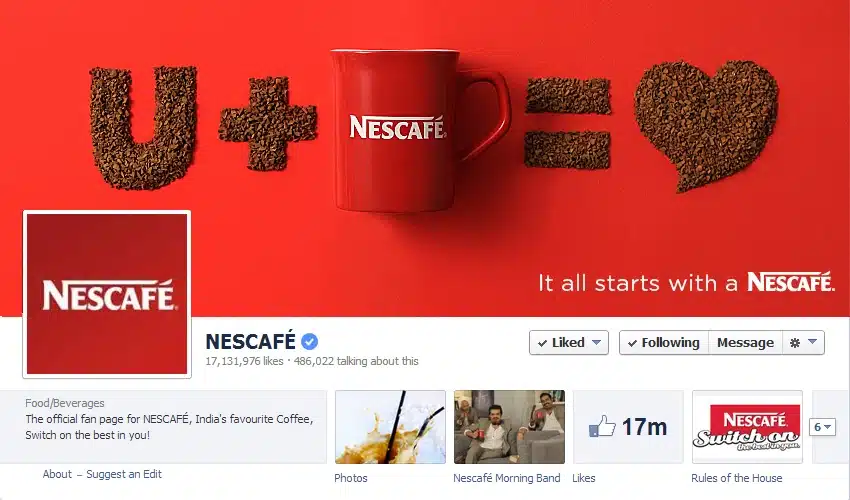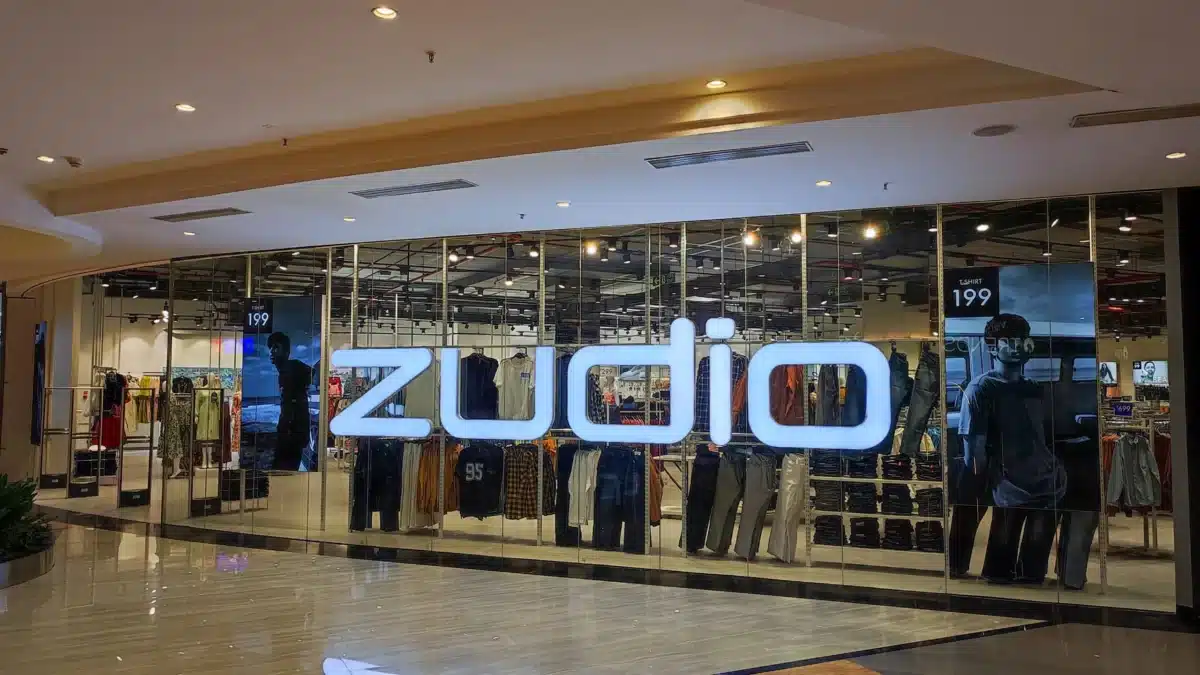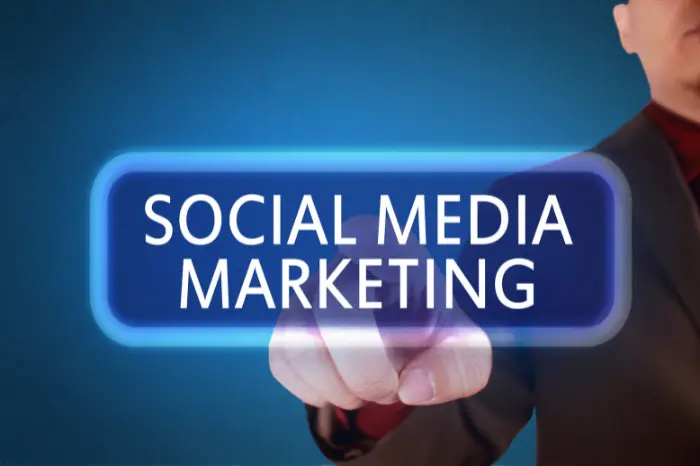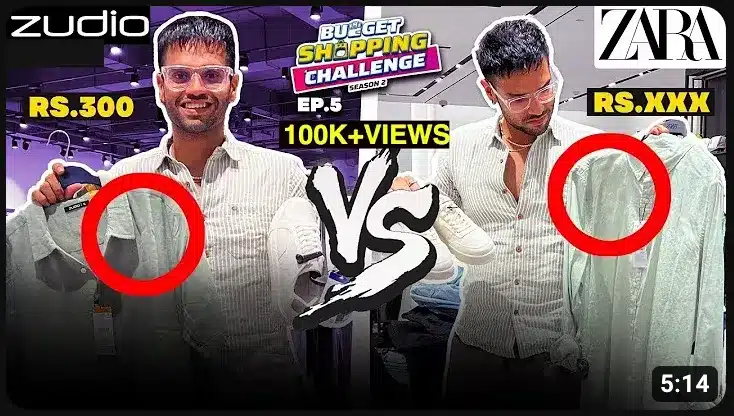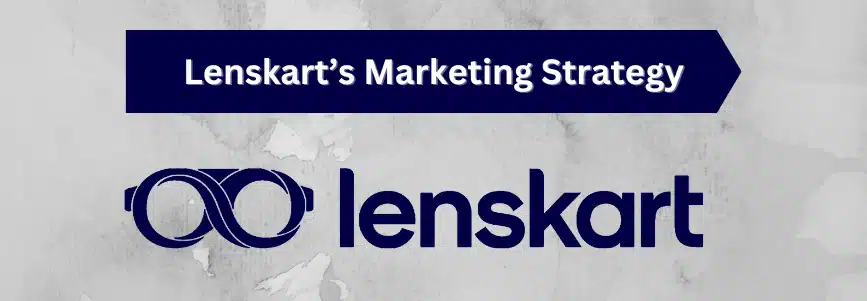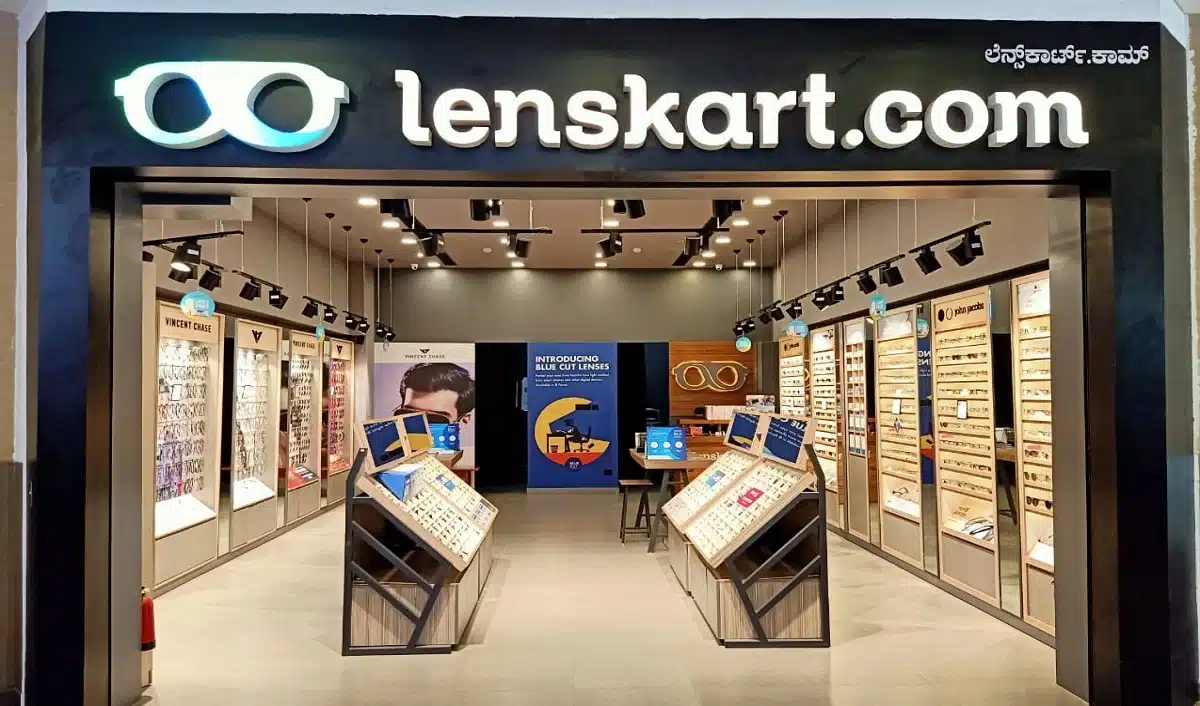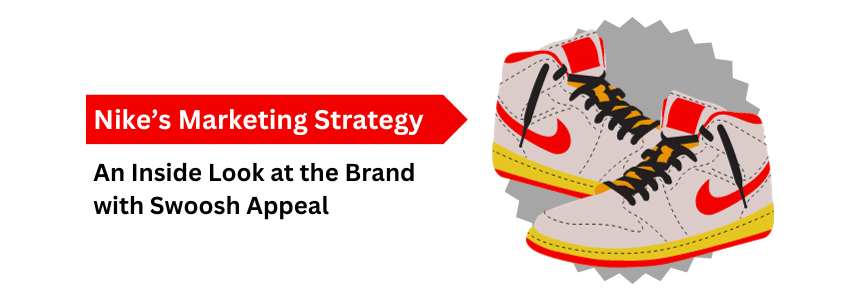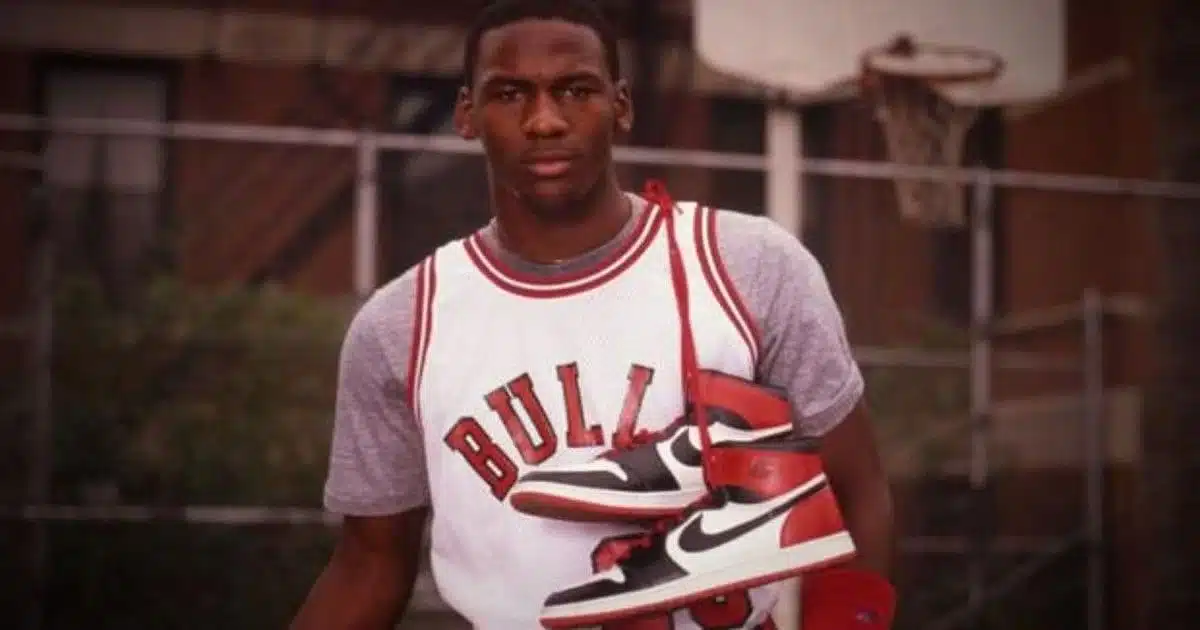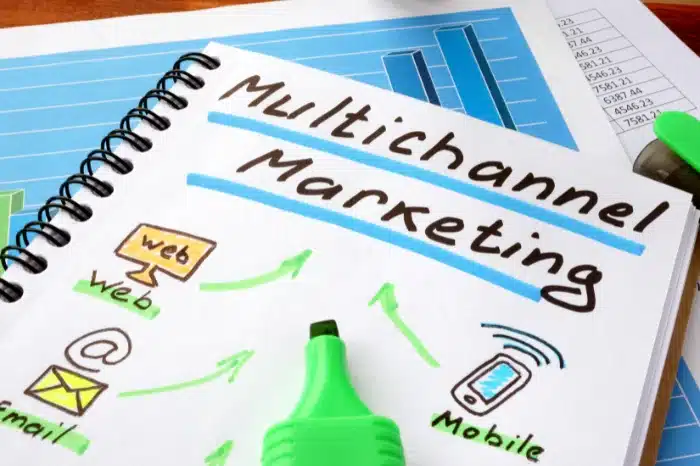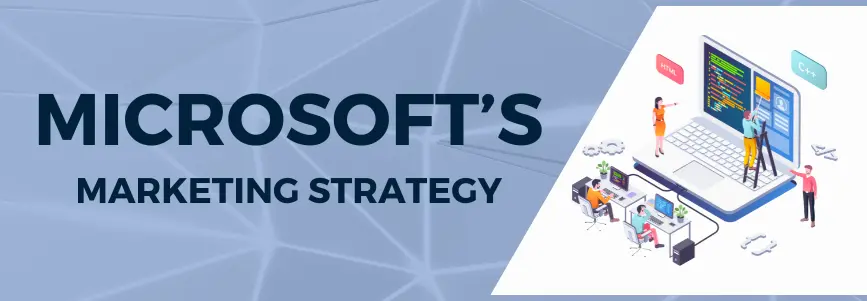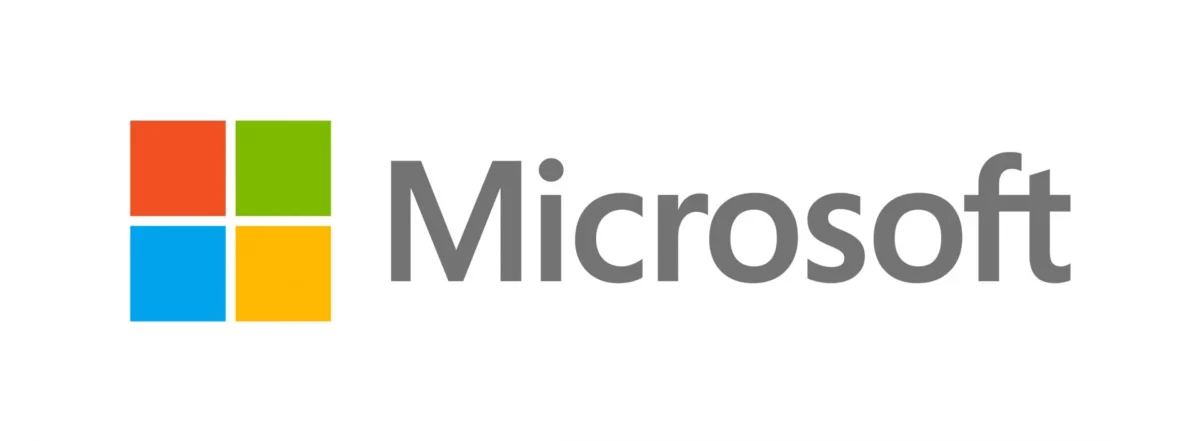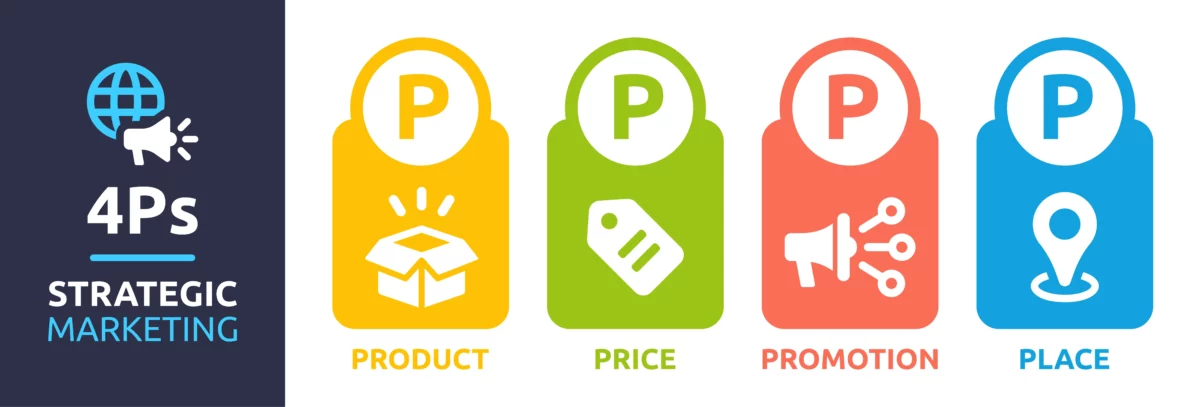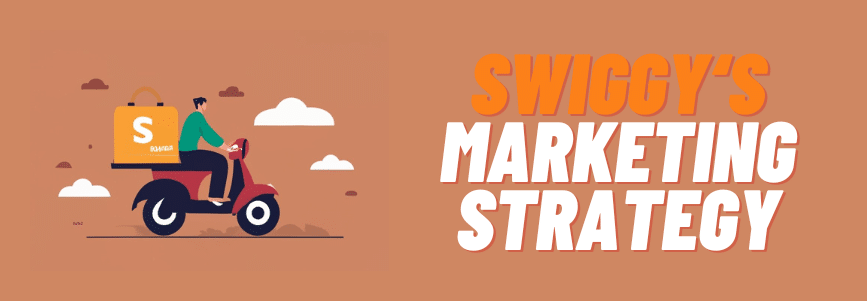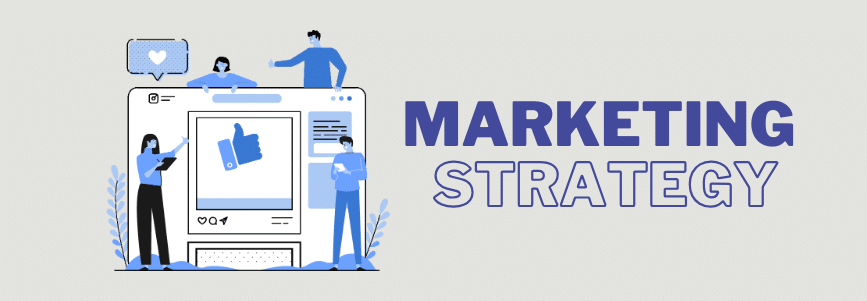Introduction: Sweetening the World – Cadbury’s Irresistible Marketing Strategy
For close to two centuries, the iconic British confectionery powerhouse, Cadbury, has been enchanting chocolate aficionados worldwide. Nestled under the wing of Mondelez International, Cadbury reigns as the second-largest confectionery brand across the globe, eclipsing rivals such as Nestle, Ferrero, and Miji, and trailing only behind the chocolate titan Mars. Cadbury’s tantalizing repertoire isn’t limited to the renowned Dairy Milk; it extends to a delightful array of confectionery treasures, including delectable cakes, sumptuous biscuits, and tempting beverages.
But how does Cadbury, a brand that has stood the test of time, with a presence in over 50 countries and a workforce of nearly 50,000, continue to charm hearts and palates alike? What’s the secret behind Mondelez India Foods Private Limited’s impressive 16% year-on-year surge in FY22 revenues, soaring to ₹9,296 crore?
Join us as we delve into the sweet story of Cadbury’s marketing strategy, an enchanting journey that adds a touch of sweetness to our daily lives.
Key takeaways of this blog.
- Cadbury’s Heritage and Reach:
- Cadbury is a British multinational confectionery brand owned by Mondelez International.
- It’s the second-largest confectionery brand globally and operates in over 50 countries.
- Diverse Product Range:
- Cadbury offers an extensive range of products, from classic Dairy Milk to innovative treats like Bournville, Tang, and Cadbury Dairy Milk Silk.
- Varied Pricing Strategy:
- Cadbury caters to a wide range of consumers with products that span from affordable to luxurious.
- Global Distribution Strategy:
- Cadbury’s products are available worldwide, thanks to a well-crafted distribution network.
- Effective Promotion Techniques:
- Cadbury employs advertising, public relations, sales promotions, and social media marketing to keep customers engaged.
- Strategic Elements:
- Cadbury’s success hinges on a strong brand identity, innovative product development, emotional marketing, corporate social responsibility, and strategic partnerships.
- Community Building:
- Cadbury fosters a sense of community around its brand through social media engagement and interactive initiatives.
- CSR and Reputation:
- Cadbury’s commitment to sustainability and fair trade contributes to its strong reputation and customer relationships.
- Partnerships:
- Cadbury collaborates with other businesses and organizations to expand its market and create unique chocolate experiences.
- Ongoing Growth and Challenges:
- Cadbury continues to evolve and expand but must address challenges, especially in enhancing its virtual presence.
What are the Marketing Mix of Cadbury?

Cadbury has a recipe for success that’s as irresistible as its confections. The secret ingredient? A meticulously designed marketing mix that tantalizes the taste buds of chocolate lovers worldwide. From their mouthwatering products to enticing prices, convenient distribution channels, and alluring promotions, Cadbury’s marketing mix is a symphony of deliciousness. Let’s dive into how Cadbury’s marketing mix makes every day a little sweeter:
Product: A Symphony of Chocolates and More
The Cadbury product collection is a treasure trove for all chocolate enthusiasts, offering something to satisfy every sweet craving. From the timeless Cadbury Dairy Milk bars to the indulgence of Creme Eggs, Cadbury provides an extensive range of candies, gums, and pastries that promise a sweet adventure.
- Diverse Product Range: Cadbury offers a wide selection of products that cater to every sweet tooth, from timeless classics to modern delights.
- Signature Chocolates: Discover the allure of Cadbury’s flagship products, including Dairy Milk, Dairy Milk Fruit & Nut, Caramel, and more.
- Innovative Varieties: Explore Cadbury’s innovative creations like Bournville, Tang, Crunchie, and the rich Cadbury Dairy Milk Silk.
- Special Occasion Delights: Cadbury India ensures every celebration is sweet with offerings like Diwali and Rakshabandhan Celebration boxes, Easter eggs, and Christmas selection boxes.
- Continual Innovation: Cadbury keeps the excitement alive with new introductions, like their tempting Choco-bake cookies, appealing to the evolving tastes of their customers.
Price: A Sweet Symphony of Affordability and Luxury
Cadbury India offers a tempting range of products at various price points. Their pricing strategy is a delicate balance between production costs, market competitiveness, and consumer preferences. Whether you seek affordable, mass-market options or crave a touch of luxury, Cadbury has something for everyone.
- Balanced Pricing Strategy: Cadbury’s pricing strategy harmonizes production costs, market competition, and consumer preferences to offer a broad spectrum of choices.
- Indulgent Luxury: Experience luxury with Cadbury’s high-end products, including Bournville, Cadbury Temptations, and Cadbury Dairy Milk Silk.
- Budget-Friendly Selection: Satisfy your sweet tooth without breaking the bank by indulging in their primary range of chocolate confectionery like Eclairs, Cadbury Dairy Milk, and 5-Star.
- Varied Treats: Cadbury’s product lineup doesn’t stop at chocolates. They also offer a range of expertly crafted cookies, treats, and beverages that cater to diverse tastes and preferences.
- Tailored Pricing: Each Cadbury product, from Bournvita to Oreo, is priced thoughtfully to match the target consumer and the product’s ingredients.
- Continual Adaptation: Cadbury India constantly evaluates its pricing strategy, ensuring its position as a market leader while offering delectable and accessible choices.
Also Read – ZARA MARKETING STRATEGY: HOW THEY DOMINATE THE FASHION INDUSTRY
Placement: Global Reach, Local Flavor
Cadbury ensures that its delightful chocolate delicacies are accessible worldwide through a carefully crafted global distribution strategy. While its primary markets include the UK, Ireland, Canada, India, Australia, New Zealand, South Africa, and select Caribbean countries, Cadbury’s reach extends far beyond these borders.
With production facilities in several countries, including the UK, Poland, Russia, India, and Australia, Cadbury ensures that each product carries a distinct flavor tailored to regional preferences.
- Retail Locations: Everywhere You Crave Cadbury
- Cadbury chocolate bars are readily available in supermarkets, corner shops, and grocers, ensuring you can satisfy your cravings at any time.
- Online Sales: Convenience at Your Fingertips
- For those who prefer the ease of online shopping, Cadbury products are easily accessible on their official website and other e-commerce platforms.
- Wholesale: Serving the Industry Gatekeepers
- Cadbury India provides its products to wholesalers and distributors to ensure that its chocolate bars reach every nook and cranny of the market.
- Direct Sales: Vending Machine Delights
- For those who enjoy vending machine experiences, Cadbury products are also available through company-owned establishments and vending machines.
- Export: Spreading Sweetness Worldwide
- Cadbury ships its products to numerous countries to ensure that everyone can savor the taste of Cadbury chocolate, no matter where they are.
Cadbury’s distribution strategy is a savvy blend of diverse outlets, establishing itself as a true global leader in the industry by ensuring accessibility to chocolate lovers, whether in urban or rural areas.
Promotion: Sweet Strategies to Capture Hearts
As diverse as Cadbury’s chocolate flavors are, their marketing strategy is equally innovative, ensuring that everyone keeps their delectable treats top of mind. Cadbury India employs a range of strategies, both online and offline, to sweeten the deal for their customers.
- Advertising:
- Traditional and Digital: Cadbury promotes its Dairy Milk bars through both print and television ads. They also connect with younger audiences through emotional digital campaigns like “Tastes Like This Feels.”
- Public Relations:
- Event Sponsorships: Cadbury sponsors events like music festivals and marathons, offering free chocolate to create a positive buzz and strengthen brand loyalty.
- Sales Promotion:
- Discounts and Competitions: Cadbury uses strategies like discounts, coupons, and fun competitions to boost sales and attract new customers.
- Social Media Marketing:
- Engaging Platforms: Cadbury uses Facebook, Twitter, Instagram, and YouTube to share mouthwatering images and videos.
- Community Building: They interact with their audience, conduct interactive activities, and make customers feel like part of the Cadbury family.
- Year-Round Engagement: Cadbury maintains year-round engagement through product launches, contests, and promotions, particularly on YouTube.
What are the Strategies that Define Cadbury?
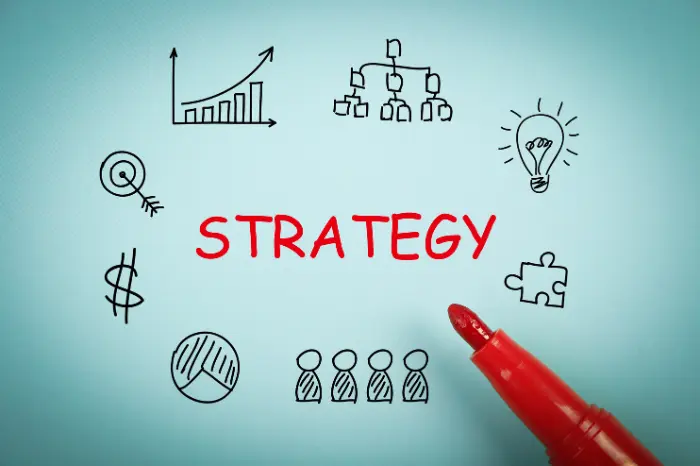
Cadbury, the chocolate connoisseur, has a recipe for success that is as rich and diverse as the chocolate varieties it offers. With a strong sense of brand identity, innovative product development, and great emotive marketing, Cadbury possesses all the elements needed for a successful strategy. What sets Cadbury apart, though, is its ability to forge partnerships that give its marketing strategy a competitive edge.
- Strong Brand Identity:
- Cadbury’s iconic purple and white logo embodies taste and quality, instilling trust in chocolate lovers.
- Innovative Product Development:
- Cadbury’s R&D constantly innovates with new flavors and packaging, creating a unique and exciting chocolate experience.
- Emotional Marketing:
- Cadbury connects with customers on a deeper level through storytelling and emotional appeal, fostering loyal fans.
- CSR (Corporate Social Responsibility):
- Cadbury’s commitment to sustainability and fair trade enhances its reputation and builds stronger customer relationships.
- Partnership:
- Cadbury collaborates with various businesses to access broader markets and deliver unique chocolate experiences. Partnerships include NGOs, the Zee Network, Reliance Jio, and Hindustan Unilever Limited. For example, they partnered with an NGO and the Zee Network to thank lockdown heroes and launched ‘The Wrapper That Gives’ initiative in collaboration with Reliance Jio.
Cadbury’s success is built on a rich blend of brand strength, innovation, emotional connection, responsible practices, and strategic partnerships.
FAQ’s
Cadbury is the second-largest confectionery brand in the world, behind Mars. It operates in over 50 countries and competes with major players like Nestle, Ferrero, and Miji.
Cadbury offers a diverse range of products, including Bournville, Tang, Cadbury Dairy Milk Silk, and more. They continue to innovate and expand their offerings to cater to different tastes.
Cadbury employs a pricing strategy that offers options for consumers with various budgets, ranging from more affordable items to luxurious experiences.
Cadbury has a well-structured global distribution network that ensures its chocolate delicacies are available in urban and rural areas around the world through various channels.
Cadbury leverages social media platforms like Facebook, Twitter, Instagram, and YouTube to engage customers. They also form strategic partnerships with businesses, NGOs, and networks to create unique and memorable chocolate experiences while fostering community connections.
Conclusion: Savoring the Success of Cadbury’s Marketing Symphony
In the world of confectionery, Cadbury stands as an enduring testament to the sweet magic of marketing. Their journey, spanning nearly two centuries, reflects the power of innovation, community, and the ability to create an emotional connection with consumers. From their iconic Dairy Milk bars to innovative products like Cadbury Dairy Milk Silk and Bournville, Cadbury’s diverse offerings continue to captivate sweet-toothed hearts around the globe.










![Nestle’s Marketing Strategy [2023]: A Case Study of Global Success Nestle’s Marketing Strategy](https://thirdeyeblindproductions.com/wp-content/uploads/2023/10/Nestles-Marketing-Strategy.webp)

